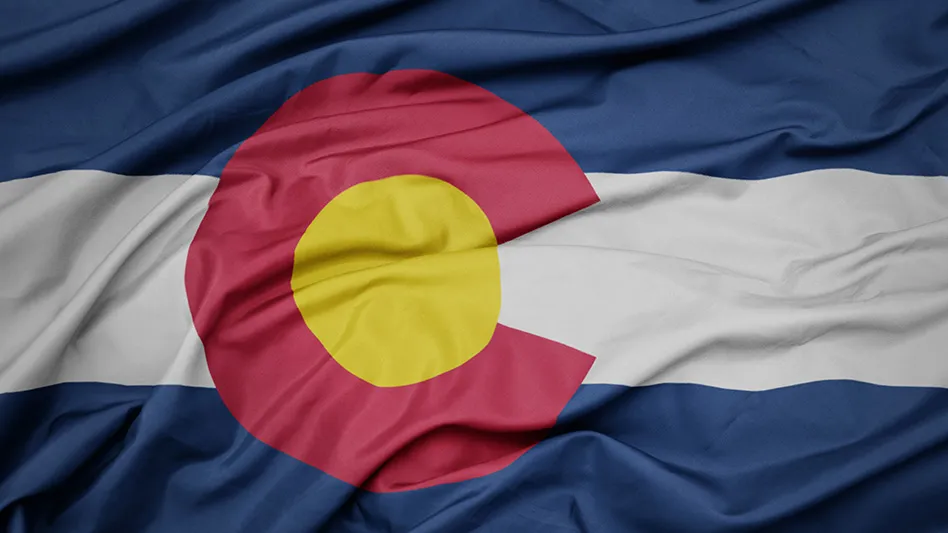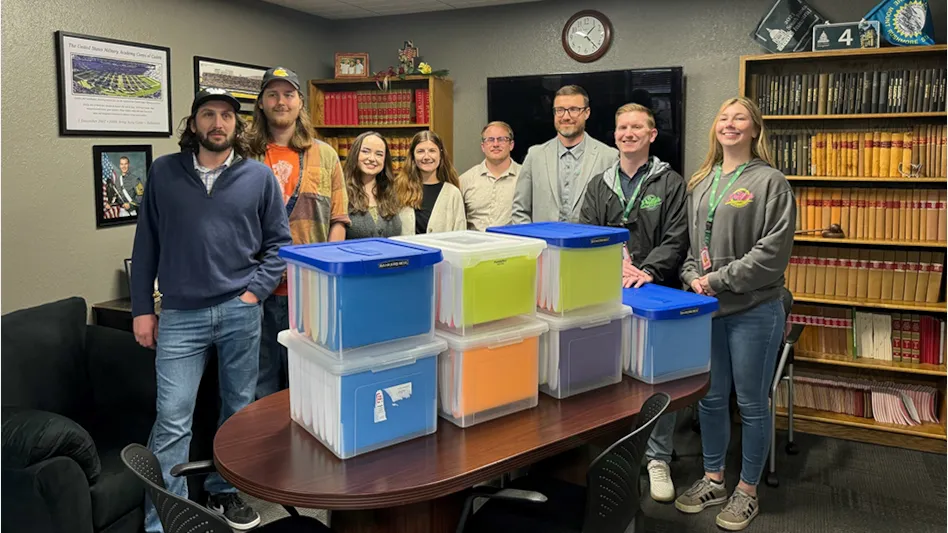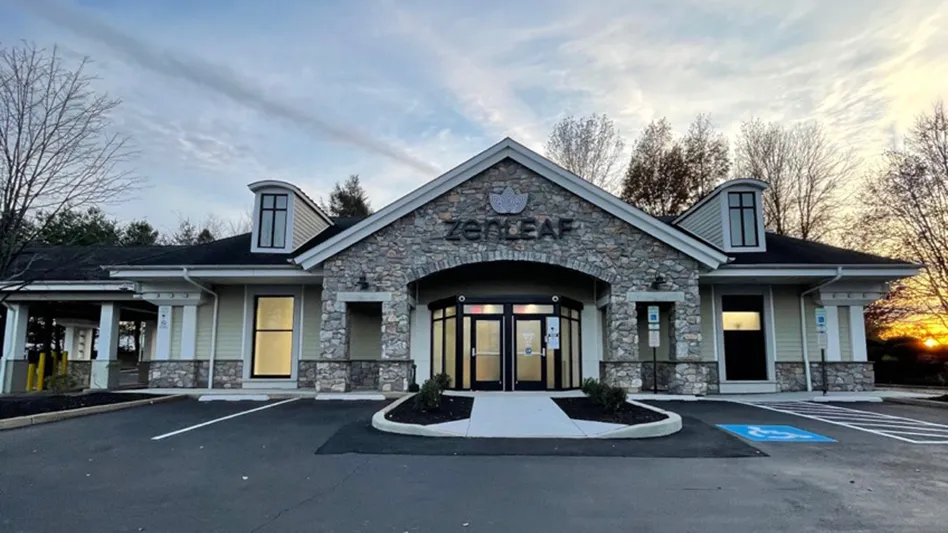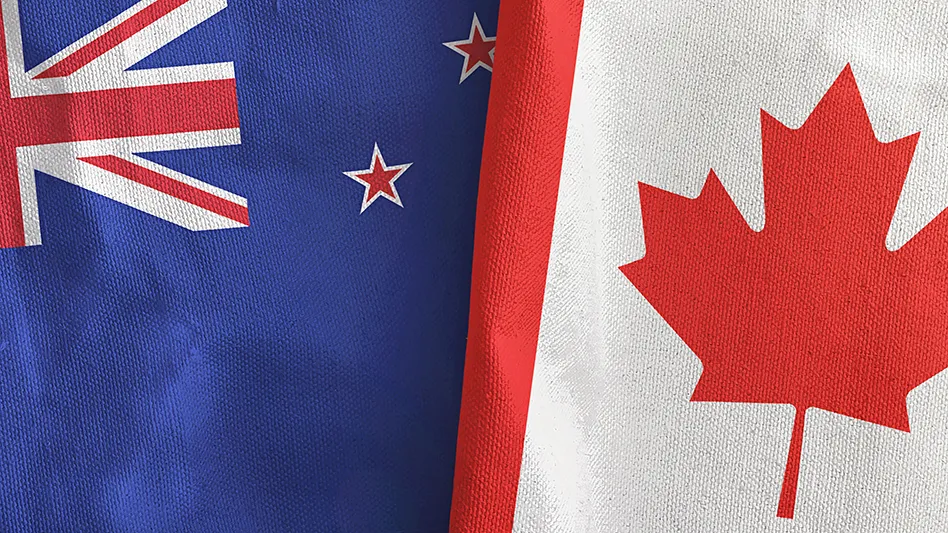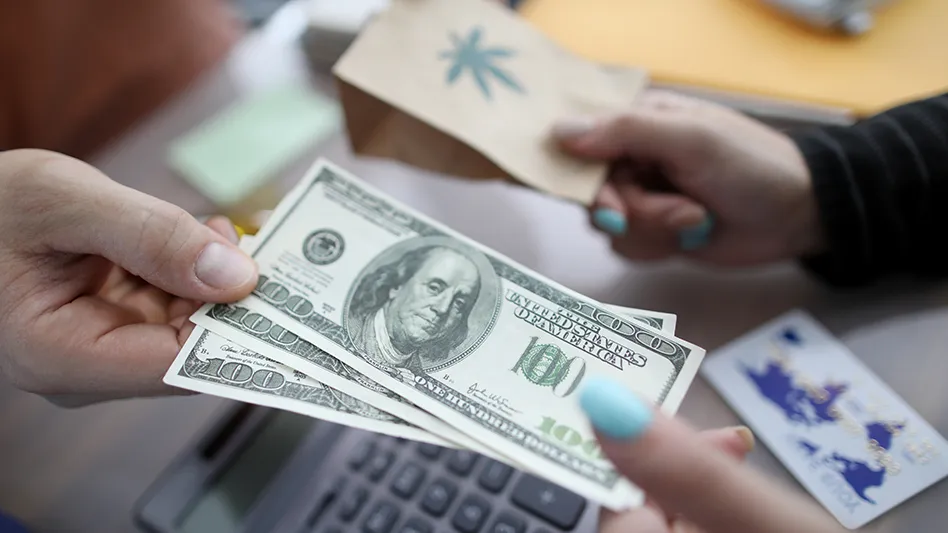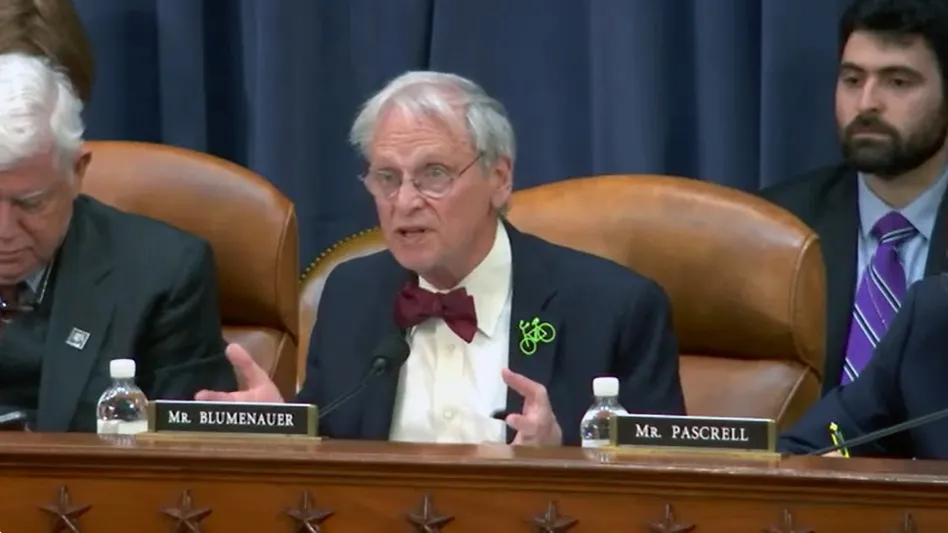
One of the greatest things about cannabis legalization is the ability to track trends among consumers. When sales were illicit, dealers were not keeping notes about their best-selling products. That has changed in the era of legalization, thanks to seed-to-sale tracking and point-of-sale (POS) data recording.
With that new information in hand, let’s dive deep into three states with legal recreational sales—Colorado, Oregon and California—and examine data from cannabis market research firm BDS Analytics to determine the different products leading the markets in the first four months of 2018.

Oregon
EDIBLES In the first four months of this year, gummie sales captured 40 percent of the edibles market, generating more than $10 million in sales. Sales growth in gummies during the first third of this year compared to the same period last year has been exceptional, clocking in at 130 percent. And the average retail price (based on all quantities offered) is sweet at $16.43, the lowest among the state’s top-three edibles products.
Rising to second place among edibles is droppers—vials of THC-infused liquid. Droppers snagged 20 percent of the market and grew by 104 percent compared to the same period last year. Dropper juice is often as sweet as gummies, but the retail price comes in a bit sourer: an average (among all dropper sizes available) of $40 during the review period.
In third are chocolate bars. Chocolate bar sales make up 11 percent of the edibles market with $2.8 million in retail sales, but the trajectory is not promising: Growth during the first third of the year was down 39 percent. The prices are appealing, though, with an average retail price of $19.27.
CONCENTRATES As with all recreational cannabis markets, vape cartridges rule. In Oregon, cartridge sales represent 69 percent of the concentrates market and saw growth of 71 percent during the period under review, compared to the same period in 2017. The average price (among all cartridge sizes) was about as high as droppers ($39.14) and sales figures just under $31 million.
Meanwhile, shatter grabbed 11 percent of all concentrate sales in dispensaries and experienced decent growth of 16 percent to more than $4.7 million in sales from January to April this year. In the concentrates world, where products can climb to double the retail price of a typical edible, shatter is a bargain: The average gram was $19.79 in dispensaries.
Rounding out the leader board are oils, with 6 percent of the market and an average price of $40.27. Oils earned a bit more than $2.7 million in the first third of 2018.
STRAINS The top earners in Oregon are not big surprises—these all are well-known strains. Blue Dream is king, with $729,162 in sales. Durban Poison takes a close second with $726,586 in sales. And Golden Pineapple gets the bronze medal: Consumers bought $596,359 worth of the strain from January to April 2018.
California
(Note: Since recreational sales in California began Jan. 1, comparing 2018 sales data to 2017’s medical market is not a fair comparison. For that reason, we will examine growth only during this year.)
EDIBLES Gummies are winners again in the new California market, but the margin of victory over second place is not as large as in Oregon. Gummies grabbed 25 percent of the California edibles market and experienced enormous growth during 2018. In January, consumers bought $4 million worth of gummies, and in April the haul was $9 million. Total sales figures for that period are more than $27 million, and the average gummie purchase was a relative steal: $14.55.
As in Oregon, droppers captured second place, with 20 percent of sales. The average dropper (among all sizes) was $47.13, and sales in January of $3 million more than doubled to $7 million by April. Total sales for the period were just above $21 million.
Third place in California goes to baked goods (cookies, brownies, etc.), which represent 12 percent of edibles sales. The average baked good costs just $14.28, and sales rose from $2 million in January to $4 million in April, totaling $12.4 million.
CONCENTRATES The California concentrates market is really a story of one product: the vape cartridge. Vapes capture 80 percent of concentrates sales and generate nearly $165 million in revenue, despite an average retail price of just $42.44. January saw $33 million in vapes sales, but in April, sales jumped to $53 million.
The No. 2 and No. 3 top-sellers in California—wax, with 5 percent of the market, and live resin, with 4 percent—amount to little more than a blip with California consumers. Sales figures in January were $9.3 million, and in April were $7.5 million.
STRAINS Blue Dream might as well be called Caesar—it tends to rule the world. In California during the period under review, Blue Dream sales hit just under $4.4 million. The strain is a good value; Blue Dream is often a high-quality strain, but the average price is only $7.98 per gram.
Rounding out the top-three: Kosher Kush with just under $3.4 million in sales and an average retail price of $12.70 per gram, and Jack Herer with sales that reached $2.7 million and with a gram averaging $12.66 at retail.
Colorado
EDIBLES As in the rest of the states examined here, gummies dominate edibles sales in Colorado. During the first third of 2018, gummies captured 39 percent of the edibles market, on sales of $29.8 million, compared to 15 percent for chocolate bars with $11.8 million in sales. In third place, droppers comprised 7 percent of the market and $5.7 million in sales from January to April.
Growth and price points swing wildly within the top-three for edibles. Gummies experienced 38.5-percent growth compared to the same period in 2017, with an average retail price of $18.23; chocolate bar sales dropped by 3.5 percent at a $19.25 average retail price; droppers saw 20-percent growth and retailed for a whopping $46.33.
CONCENTRATES Of the three markets, Colorado is the least enamored with vapes. The devices still snag first place with 41-percent market share, but that is half of the market share that we see in California. Vapes saw just under $62.4 million in sales during the first third of the year and still experienced growth of 64 percent. The average price of $33.43 is the highest among the top-three for concentrates in Colorado, but the lowest vape price among the three states.
Shatter and wax drew to a tie, each with 17-percent share of the market, but shatter edged past wax with $26 million in sales. However, shatter sales also were down 3 percent, compared to the same period last year. Shatter sells for an average of $17.87 per gram. Wax, meanwhile, saw $25.6 million in sales, and growth was basically flat at 0.1 percent. Wax is pricier than shatter, retailing at an average of $19.18 per gram.
STRAINS Blue Dream is the definite king once again with just under $3.1 million in sales and an average retail of $4.08 per gram, which is quite cheap for such a potent strain. Rising to second during the period was Durban Poison, with just under $1.7 million in sales and an average retail of $4.38 per gram. Coming in third is Golden Goat. That strain saw $1.5 million in sales and sold for an average price of $4.66 per gram.
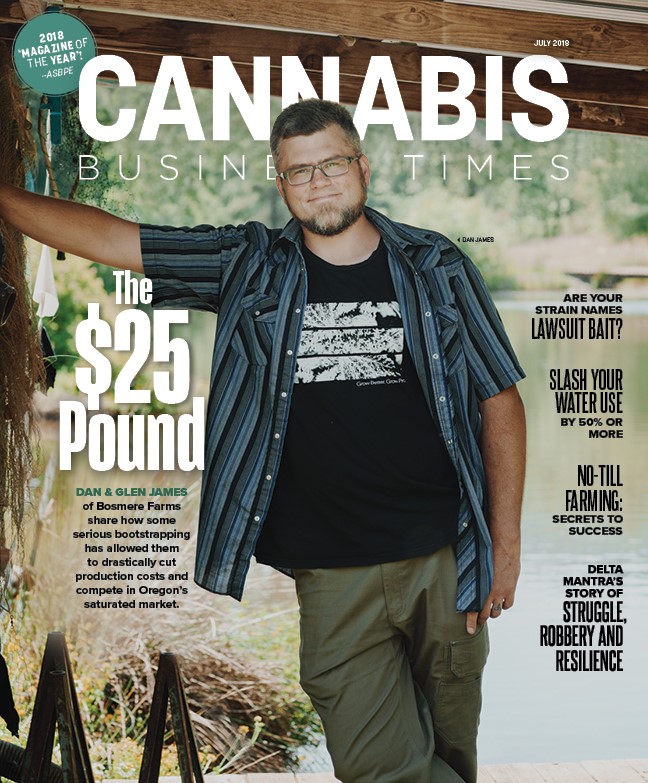
Explore the July 2018 Issue
Check out more from this issue and find you next story to read.
Latest from Cannabis Business Times
- Cannabis Rescheduling: Where Do We Go From Here?
- Verano Opens MÜV Haines City, Company’s 75th Florida Dispensary
- Ascend Wellness Holdings Reports $142.4M Net Revenue for Q1 2024
- Trulieve Reports $298M in Revenue for 1st Quarter 2024
- SNDL Reports 1st Quarter 2024 Financial, Operational Results
- Leading Cannabis Brand STIIIZY Expands Retail Presence With Fresno Location Opening Saturday, May 11
- The Cannabist Co. Reports 1st Quarter 2024 Results
- Green Thumb Reports $276M Revenue for 1st Quarter 2024
